|
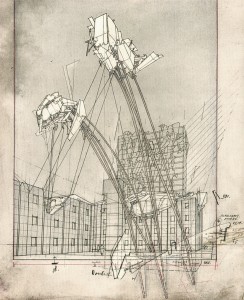 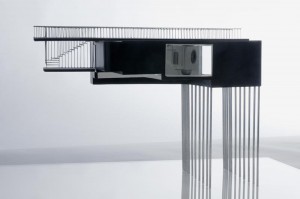 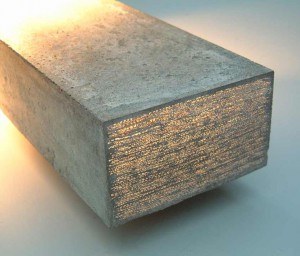 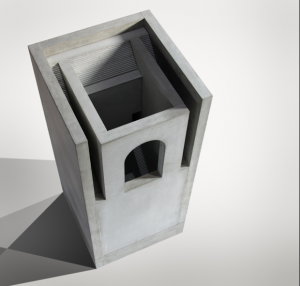 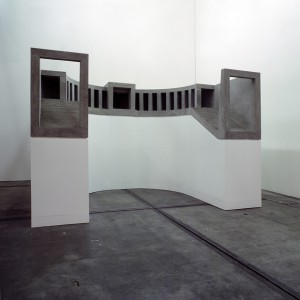 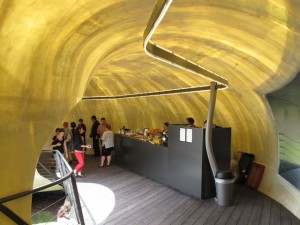
HOW
1 (Research) + 5 (test cases)
1. Research studies on the concept of five elements in relation to traditional and contemporary architecture.
1.1 Case Study_1: Traditional: Japanese architecture eg Gorinto, stone Lanterns in Zen gardens, gorinto, Buddhist temples inclu ding stupa and pagodas
1.2 Case Study_2: Contemporary: Water temple by Tadao Ando, Klaus Field by Peter Zumthor, Koerean Presbyterian church of new York etc
2.-5. Test cases
For test cases 2-5 I will be working in models and sketches towards stimulating architectural design elements especially exploring different conventional and contemporary technologies and techniques to question the conventional design of pagodas. In this project, it is to create and integrate five models, five journeys and five architectural stories into one for the end result. In each journey it must consist of the five elements, but there will always be one element that dominates the rest which drives the individual expression and qualities of the journey. The integration between the five elements is important to emphasize the basic criteria of ‘unity’ in natural phenomenon. A story will be captured by the essence of an animation.
Artefact: The first artefact is to indicate that it consists of the five elements which are the core essence of this project. It is a first attempt to redefine certain essential elements that are considered as a vital source for architectural design, in architectural theories and in natural phenomenon. These models are to question the conventional architectural elements such as using different material, different architectural methods or spatial arrange to radically express a new change or a new 21st c way of understanding architecture.
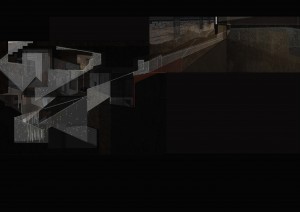 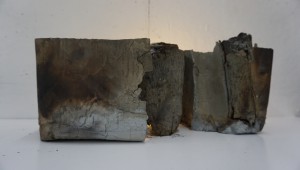 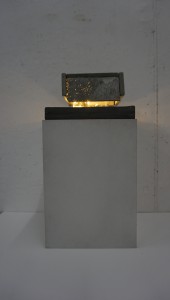 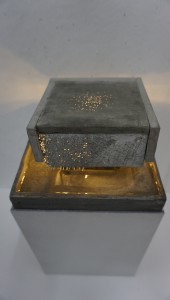 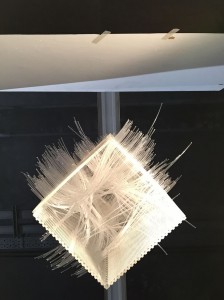 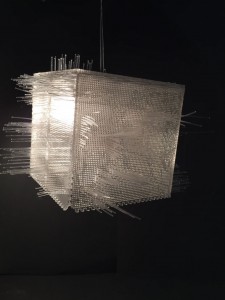 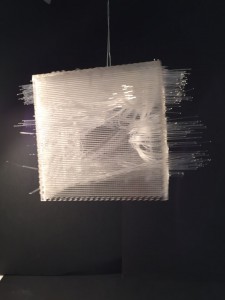 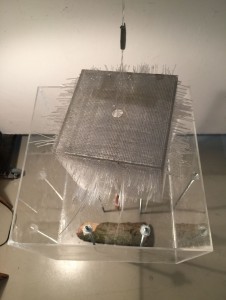 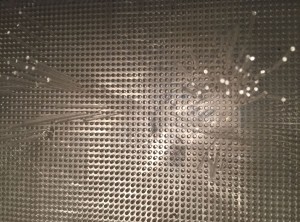
The five elements i.e earth, fire, water, air and space are natural phenomena that reflect the core essence of human beings and nature. These five elements also occur in the concept of Buddhist architecture. Five different types of geometries are used to symbolize the five elements in gorinto (five-ringed tower) or the five segments in a Buddhist complex. The five elements which consist of a certain kind of relationship between human nature and nature act as an architectural design tool to help to re-emphasize the value of ‘unity’ between human beings and nature in this 21st century.
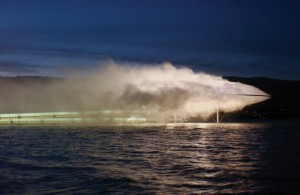 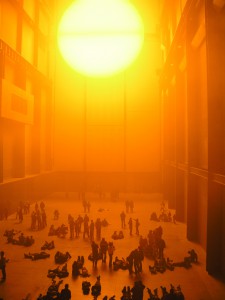 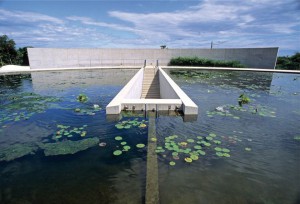
WHAT
This thesis is about creating a contemporary pagoda (device) by experimenting with the core five elements in the Buddhist philosophy i.e. earth, water, fire, wind and space with the integration of advanced techniques. The five elements represent the unity of the natural phenomenon in this universe physically and psychologically.
Each individual quality of these five elements will indicate the scale, scope and context of the test case. By alternating these five elements in each test case, there will be one element that will stimulate the overall structure of the test case. One element will mainly drive the whole test case to create different architectural qualities and experiences among participants.
The site will be determined by the dominated element within the five elements in five test cases. For example water, the site must associate with either water or the different states that are produced by water. It could even be related to some kind of vegetation as ‘plants’ are categorized under ‘water’.
The scale of the proposing for each test case will substantially be completely different to each other in order to allow a strong awareness towards different elements in the universe such as in a certain nature scale, human scale, invisible scale and unbuildable scale. In addition, the scale for each individual elements can differ in each test case journey.
The key part of this thesis is that the architectural design is in constant variation of different quantity and quality. The constant variation will prompt different feelings and experiences for each individual, and thus allow different combination of elements and therefore different experiences. The unity is to be realized in the new perception and feelings created by the new experiences. This thesis strongly draws upon the multiple perception and stimuli in architectural design and may further inter-play with extreme or unaware perceptive qualities.
Earth:
Physically, ‘earth’ represents the hard and solid objects such as stone in this universe. The bones, muscles and tissues in people are also considerate as solid elements in this universe. Psychologically, ‘earth’ is associated with ‘stubbornness, collectiveness, stability, physicality and gravity.’ When people are under this kind of mood, there is a notion of ‘resistance to change.’
Water:
In contrast with the element of earth, water represents the ‘fluid, flowing, formless things in the world.’ Rivers, lakes and plants are elements that are categorized under ‘water’, because these elements are adaptable to their individual’s environment according to sun light or seasonal change. In a human body, blood and other liquid forms are known as a representation of ‘water’ which can be easily changed and adaptable.
Fire:
Fire is an element that symbolizes ‘the energetic, forceful, moving things in the world’ such as animals. Bodily, fire emphasises the mental quality of a human being like passion, drive, desire and motivation.
Wind:
Wind conveys the notion of ‘freedom of movement’. There is a sense of freedom of growth and expansion in this element. Air and smoke are elements that are under the category of wind. The quality of growth and expansion can also be understood in our human mind when knowledge, experiences and personalities grow through time.
Void:
Void can mean sky or things that are composed of pure energy that is beyond our everyday experience. Void represents’ human’s spirit, thoughts and creative energy. Some might be attuned themselves to sense the surroundings without the act of thinking and using physical senses.
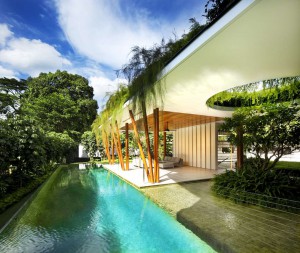 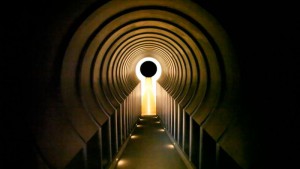 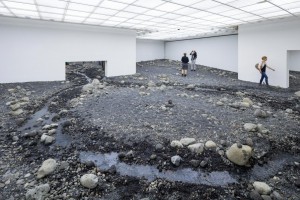 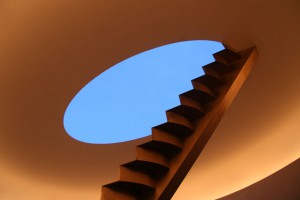 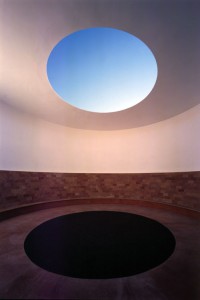
WHY
This project attempts to explore how religious architecture can be reconfigured to give a spiritual and sacred space that provides a psychological comfort for human beings. Does religious architecture provide human comfort? Or is it only a place for a routine worship? The relationship between the architecture itself and the worshiper seems to dissolve when there is no significant sentimental and sensory experience from the users’ perspective.
The alienation between human beings and nature is the major theme in this project as the five elements constitute the essence of human nature. Human beings have begun to being indulged in the consumer aspect of this modern society. In the culture of consumerism, the essence of the natural phenomena has lost its natural value towards human being. The superiority of human beings has destroyed and caused imbalance among the five elements. The disconnection between the human beings and nature is the major issue in this current society. It is the essence of unity that has major emphases in Buddhist philosophy which therefore studying Buddhist architecture will form my first test case in this thesis. The main objective for this project is to unify the human beings and nature via integration of the five elements that form a new space that provides deeper meanings and experiences.
KEY
Fig.1 Dan Slavinsky
Fig.2 Mollier House Philippe Rahm
Fig.3 Installation-of-Solyndra-Tubes, Rael-San-Frattello-Architects
Fig.4 High Houses, Lebbeus Woods
Fig.5 Concrete Model 1, Renato Nicolodi
Fig.6 Optic Fiber and Concrete model
Fig.7 High Houses, Lebbeus Woods
Fig.8 Projet de ventilation pour les Terroirs déterritorialisés_Philippe Rahm 2009.
Fig.9 Serpentine Pavilion 2014, Smilijan Radic
Fig.10 Artifact-Drawing 1
Fig.11 Artifact-Model 1-Concrete, optic fibre glass and water
Fig.12 Artifact-Model 1-Concrete, optic fibre glass and water
Fig.13 Artifact-Model 2-Concrete, wood and fire
Fig.14 Blur building, Diller & Scofidio
Fig.15 The Weather Project, Olafur Eliasson
Fig.16 Serpentine Pavilion 2014, Smilijan Radic
Fig.17 A Riverbed, Olafur Eliasson
Fig.18 Willow House by Guz Architects
Fig.19 Crater, James Turrell
Fig.20 Crater, James Turrell
Fig.21 Crater, James Turrell
Fig.22 Cloudscapes, Tetsuo Kondo Architects
BIBLIOGRAPHY
1. Baek, Jin. (2009) Nothingness: Tadao Ando’s Christian sacred space. Abingdon [England] ; New York : Routledge.
2. Samuel, F. (2013) Sacred concrete: the churches of Le Corbusier. Basel:Birkhäuser.
3. Gissen, David. Subnature. Architecture’s Other Environments. Princeton Architectural Press, 2009.
4. http://www.philipperahm.com/data/projects/domesticastronomy/
|






















